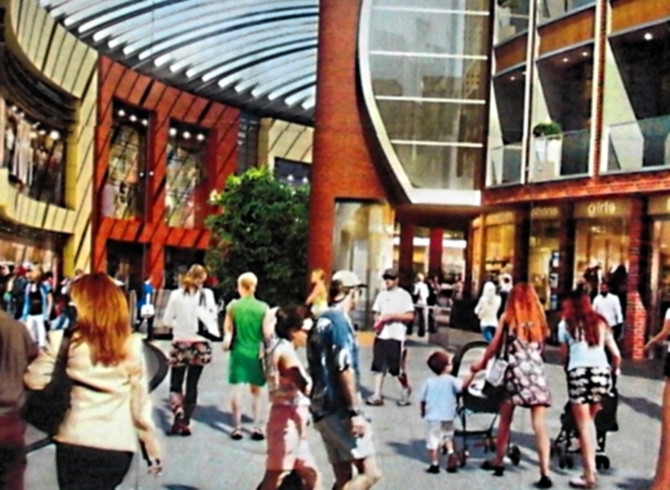Shopping centres have become key acquisitions for large investment portfolios, with a growing number of retailers seeking to expand reducing vacancy rates and raising returns throughout the country. This has seen demand for shopping centre assets in the UK reach a six year high, according to new data compiled by IPD and Colliers International in the partnership’s first UK Shopping Centre Investment Report.

During 2013, a total of 72 shopping centres came under new ownership, allowing the sector to deliver investors a total return of 6.7 per cent year on year. Obviously, the growing number of sales pushed up transactional volumes significantly, with the total reaching £4.25 billion in the 12 months to the end of December.
Head of Shopping Centre Investment at Colliers International, James Findlater, says; “Resurgent macro-economic performance is driving huge momentum across UK property markets and has injected a new buoyancy into the shopping centre sector.
“In 2012, the shopping centre sector was dominated by opportunistic funds looking for first mover advantage, but since the second half of last year these buyers have been superseded by broad based investor demand emanating from domestic and overseas sources alongside an improving debt market.”
Of course, as with the wider property market, the South East continues to perform most strongly in terms of regional returns – although, for the first time in several years performance levels have begun to pick up across wider regional markets throughout the UK. This makes a marked difference from trends seen in 2012, when most areas excluding the South East noted negative returns in general.
In order to verify this claim, the report analysed an IPD sample of 223 shopping centre assets, the cumulative value of which amounted to almost £12 billion.
IPD Executive Director and Head of UK and Ireland, Phil Tilly, analysed the results, saying; “2013 marked a turning point for shopping centres with values growing by 0.8 per cent year on year overall for the year, compared with a -5 per cent year on year decline in 2012.
“All of this growth came in the second half of the year marking an end to nine consecutive quarters of decline.
“2013 signalled a point where investors began to edge back up the risk curve and started to increase their investment strategies outside of London and the South East.”
The only slight negative contained in the report was the fact that rental growth remains somewhat sluggish, due to a weak occupier confidence as a result of low consumer spending. However, in the final quarter of the year, signs indicated that consumer spending habits are beginning to pick up in earnest once more, slowing the pace of rent slides and giving hope to shopping centre owners that the situation will continue to improve this year.
Mr Findlater concludes; “There is some way to go before rental growth can be sustained throughout the shopping centre sector, but the outlook in the occupier market is definitely more positive than it has been at any point since 2008.
“The sheer weight of money being attracted to shopping centre assets will continue to drive investment values through 2014 and beyond.”